When I came to Minneapolis in 1981, with a college education and professional aspirations, I was welcomed more than Ojibwe and Dakota people who grew up here. Since then I’ve come to understand the MN nice phenomena that lies on the surface of relations between Whites and Native people in this state.
— Roya Taylor
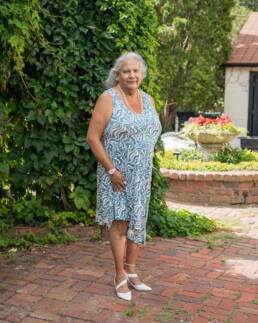
Indian Termination Policy
I was born in Oklahoma in 1956. I am enrolled, on my dad’s side, in the Pawnee Nation. I also have descendants on my mother’s side in the Choctaw Nation. My parents experienced a number of programs over the decades, meant to break up the traditional land base of Native Americans, disrupt family patterns and terminate Native communities.
My parents were raised in federal boarding schools. When I was small, my family was impacted by the Federal Indian Relocation program, part of Eisenhower’s Termination Policy, which took individuals within tribes and sent them to cities. In the Twin Cities,Natives moved from parts of rural Minnesota and Wisconsin into Minneapolis. My family went from Oklahoma to San Francisco and then Los Angeles.
LA in the 1960s
We lived in LA until I was twelve. I have vivid memories of sunshine and access to beaches. We weren’t middle class, but my parents tried to make opportunities available to us that Oklahoma Native kids never had. I have always attributed my academic and professional success to those formative years in the California public schools. They were really good then. A combination of diverse environment, good teachers and well-funded programs, served me well. The California public school system has eroded since then.
When my son went to Pomona College in Claremont, California, I was able to visit him and connect with that part of my childhood, share my memories with him.
But it wasn’t all good. My dad’s alcoholism affected our family, financially and emotionally. My mother was a devout Christian and she kept the family together with her faith and strong work ethic. She had a sense that she wanted to keep our little family intact. She never divorced him, even though we all put up with quite a bit. She passed away 15 years ago in an accident. I have a lot of mixed feelings about that.
I’ve been doing a lot of weeping about my childhood recently; things I didn’t deal with when they happened.
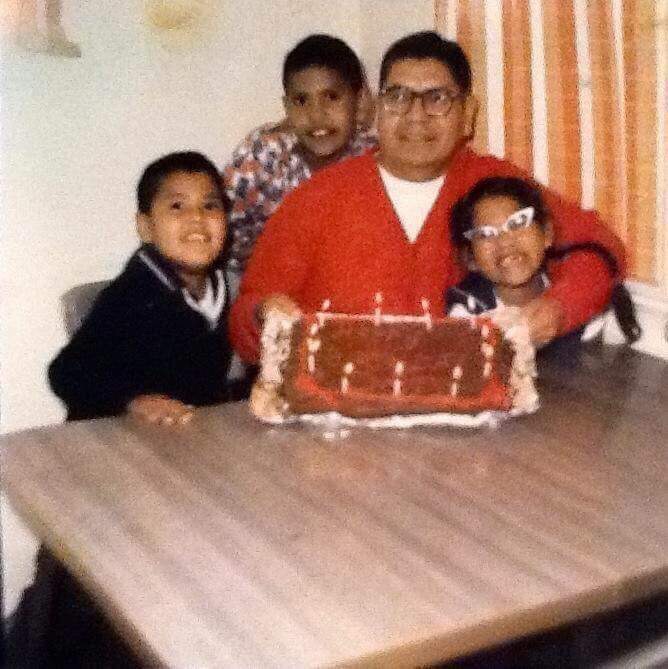
Oklahoma for High School and College
We went back to Oklahoma during the era of Malcolm X and Martin Luther King. The Red Power and American Indian Movement had begun but they had not yet reached Oklahoma. There was a lot of hostility and tension between the White and Native population. In high school I had to prove myself to be seen as, as good as the white kids. Athletics was one way I gained some stature.
My mom wanted us to go to college and my dad was trying to help make that happen, but when I got into the University of Oklahoma–the pre-eminent public institution in the state–my teachers said, “How can that be? You’re not a very good student.” One of them refused to sign the form to allow me to leave a couple of weeks early. He didn’t believe I had gotten in. At the time I just thought he was a jerk. Looking back, I realize it was emblematic of the bigotry and racism within that school system.
Getting to Minneapolis
Two things drew me to Minneapolis. 1. I was accepted to Law School at the University of Minnesota and 2. I met an Ojibwe girl who was visiting Oklahoma for the summer and decided to follow her home. I quit law school after one semester, broke up with the girl, but stayed committed to Minneapolis.
Compared to Norman, Oklahoma, Minneapolis was a breath of fresh air. Oklahoma was/is very conservative, politically, socially, religiously. Relationships between Natives and Whites have always been strained. Natives are the primary people of color in Oklahoma. Not too many African-Americans, Hispanics or Asians there. Oklahoma was the old Indian territory, where people were sent during the Trail of Tears. Native people who grew up in the Dakotas and Arizona have shared similar stories with me of overt racism.
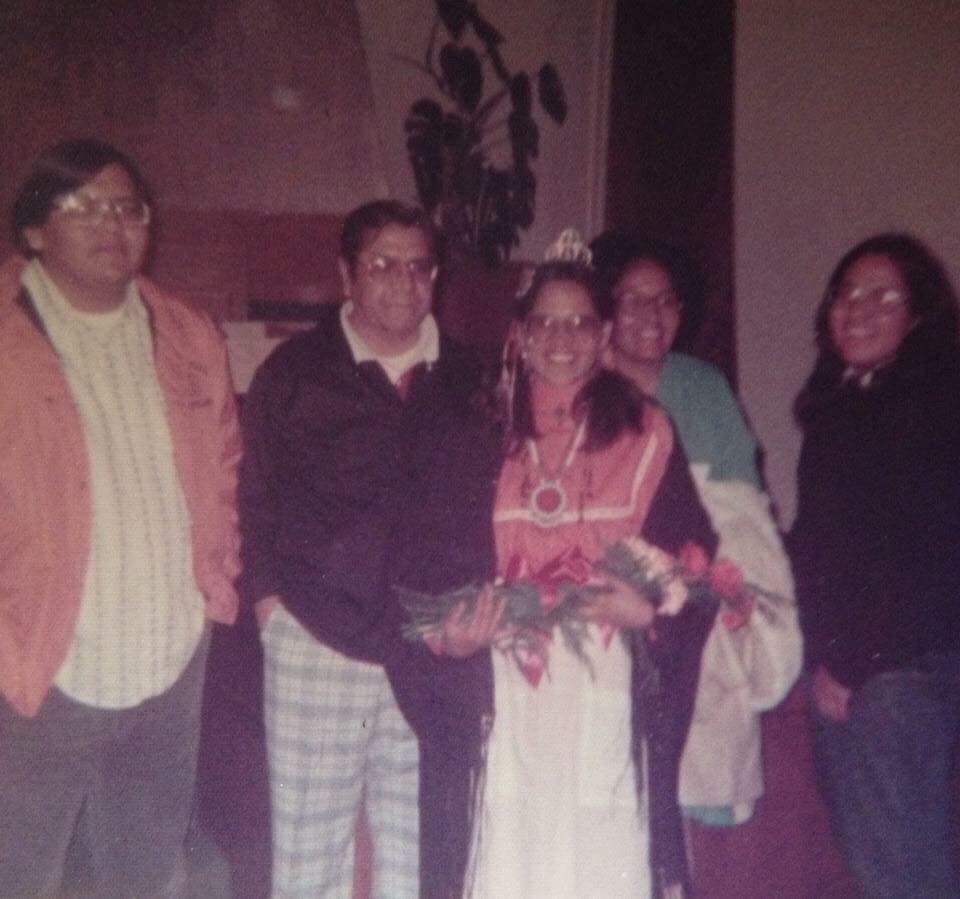
Minneapolis in the 1980s
I had never been to any other place but southern California and Oklahoma when I moved to Minneapolis. Now I have been all over the world. There are six weeks out of the year when Minneapolis is the best place to be in the world; end of August into October. The weather is great. People are relaxed. They are going to cabins or festivals or the State Fair, enjoying football, the pow-wow season.
I came to Minneapolis at State Fair time. It was beautiful. I didn’t believe what everyone told me about winter. Come December, I went outside with no gloves, no hat and got frostbite on my ears. Now I own multiple boots, multiple hats, multiple layers. I’m a real Minnesotan. My wife teases me, because what I give for presents is hats and gloves. Survival gear.
When I came in 1981, with a college education and professional aspirations, I was welcomed more than Ojibwe and Dakota people who grew up here. I could put myself out there, take risks. I socialized with White people. Since then I’ve come to understand the MN nice phenomenon that lies on the surface of relations between whites and Native peoples in this state. Employment and other opportunities are not available for Native people. Some of that fresh air has become a little stale.
Politics in Minnesota
I quit law school after one semester and started to look for opportunities to engage in community affairs and grassroots politics. I thought about running for office. I served on the Metropolitan Council for four years. During election season a big date for my future wife and I, would be to go door-knocking for DFL candidates and then go out afterward with our cohorts to talk politics and gossip about candidates. I was Director of Catholic Charities for a while, and a staff person for Congressman Martin Sabo.
For the last nineteen years my wife and I have lived in South Minneapolis near Minnehaha Creek. We have two adult children — a daughter from a previous relationship, and a son. My wife is Catholic, and we have engaged in social justice activities at St. Joan of Arc Church. I was a lobbyist for social welfare issues — housing, jobs, nutrition, environmental protection, and education at the local, state, federal and international level. For many years I was the primary stay-at-home parent.
Minneapolis Institute of Arts
My wife and I are both guides at the Minneapolis Institute of Arts in the Americas gallery of Native American art. I have also trained to be a Collection and Focus Guide in the Japan, Korea, Africa and Pacific Islands exhibit halls.
When Evan Maurer was in charge of “Non Western” art galleries, he brought in Joe Horse Capture, well known in Native America. His dad was the curator at the Plains Indian Museum in Cody Wyoming. I worked with him, starting in 2006. During his tenure the America’s exhibit was fantastic.
There has always been some tension about Native arts in museums concerning where and how the work is exhibited, and who controls it. Native art ends up in art museums and natural history museums. Much of what is considered Native Art today, emerged from an ethnographic setting. That is certainly true with the MIA collection.
Joe and I tried to recruit Native Americans to be guides. In 2010 we were able to get six Native people to do the training. One is still there. We have just scratched the surface.
Native News on KFAI
A few years back, Laura Waterman Woodstock of First Person Radio, asked me if I would be on her program on an occasional basis to report about Native issues at the capital. Four years ago she asked me to be co-host. When she retired, I began my own program focused on international Indigenous issues, Indigeneity Rising.
I have done some investigative reporting and five-minute vignettes for Ampers Radio, and reporting for Native One voice network in Albuquerque. One program focused on type 2 diabetes in the Native Community in Minnesota. Since I was recently diagnosed it was a good fit for me, a useful project that continues to play here and on reservation stations.
I am trying to create a larger footprint for the Native community on radio, bringing more programming and more Native people into the station, to see them get trained. One young woman now has a web exclusive on KFAI. We are trying to get her on the air. A young man who is Ho-Chunk came to us. He has his own program on Wednesday. We need a Native music program. I’m working on that.
On the radio, I have honed the art of storytelling. It’s the difference between being a reporter, reciting what happened and being a journalist, exploring why something happened and how it affects multiple people. We address issues of race, gender, and region, and inevitably a clash of perspectives comes out. Lifting Native perspectives is our mission. That sometimes makes White people uncomfortable. In the same way I have trouble understanding the anger Native women have toward Native men. My goal on the radio is to tell the stories that uncover those divergent perspectives.
Today I lift the words of a friend, Dina Gilio-Whitaker a professor in California who just posted on Thanksgiving: “There is no thanksgiving here for you. There is only thanks taking. We are not here to make you feel better about your death culture. For this we do not apologize. It is YOU who must get over it, and make things right, not us.”
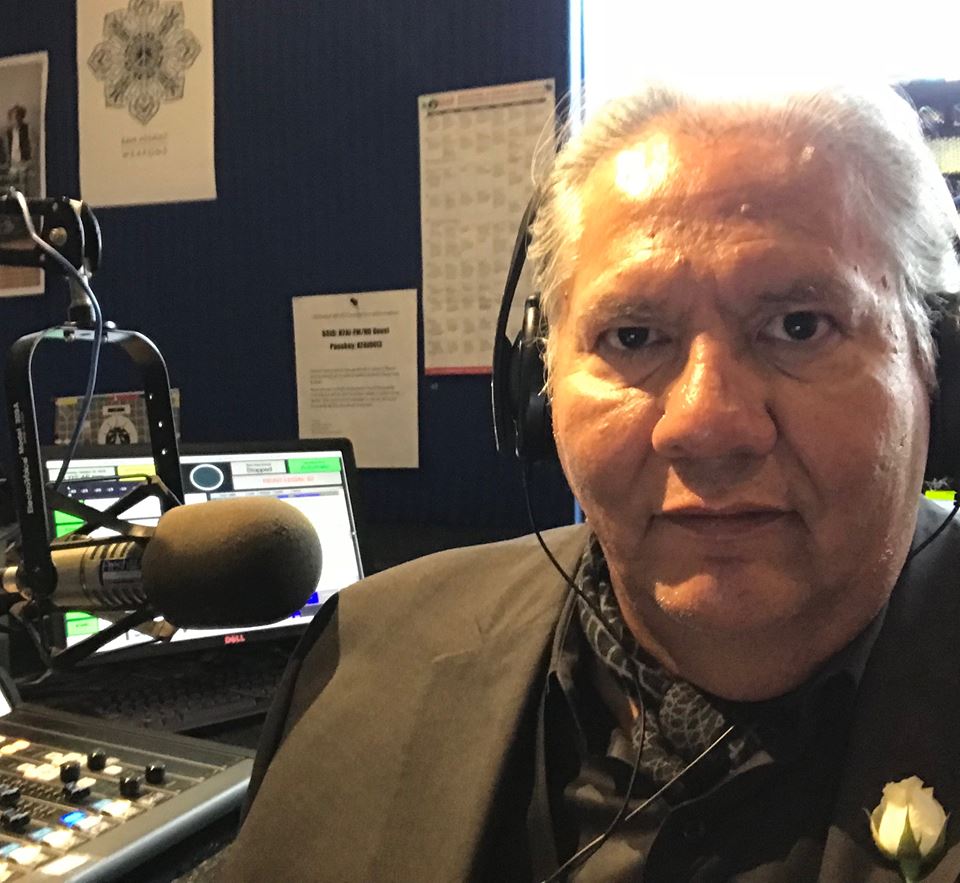
Becoming an Actor
One of my guests on the radio show was Rhiana Yazzie of New Native Theater. I asked her afterward if she ever needed someone to do off-stage voice narration, or to do vocal coaching. She asked if I wanted to do a staged reading and I caught the acting bug. I am now a member of the ensemble, and I have also been working with the Turtle Theater Collective
Rhiana Yazzie wants to encourage Native stories and Native playwright. Turtle Theater wants to tell Native stories, but they also look at a larger cannon or body of work and will cast non-native actors. The play I was in with them was Our Town, Thorton Wilder’s play produced as a Native story. I have also been in Star Trek Universe at Mounds Theater, playing a Klingon, in A Christmas Carol, and in the Ten Minute Play Theater, which is an annual event. I was cast as Chief Bromden in One Flew Over the Cuckoo’s Nest for Chameleon Theater.
I have taken some dance classes so that I might take a role that involves movement — not Fred Astaire or John Travolta, but a role with some singing and dancing. I had to do a pirouette across the floor in an improv class at the Guthrie.
I’ve gotten acquainted with actors in the Cities. I went to Oklahoma for an audition and I’m going to do another one there in a couple of months. Voice overs, audio books, a spectrum of ways to use my voice and talent.
I think there was an artist in me all along. I focused on making a living, parenting. Art seemed like leisure. But now the performer in me has been unleashed. I’m working with all these young people who have studied acting, running to catch up with them. I used to say my art is my politics. Just recently someone asked me what I am. I said, I’m an actor.
In theater you are able to work out things going on in your life. In one role I drew from my memory of my uncles to play an over-the-top character. I got to redo walking my daughter down the aisle in another role. In Cuckoo’s Nest, I got to express the anger of Native Americans whose coping mechanisms are seen by the dominant racist society as mental illness. In the play, Chief Bromden escapes. Preparing for his role was therapeutic.
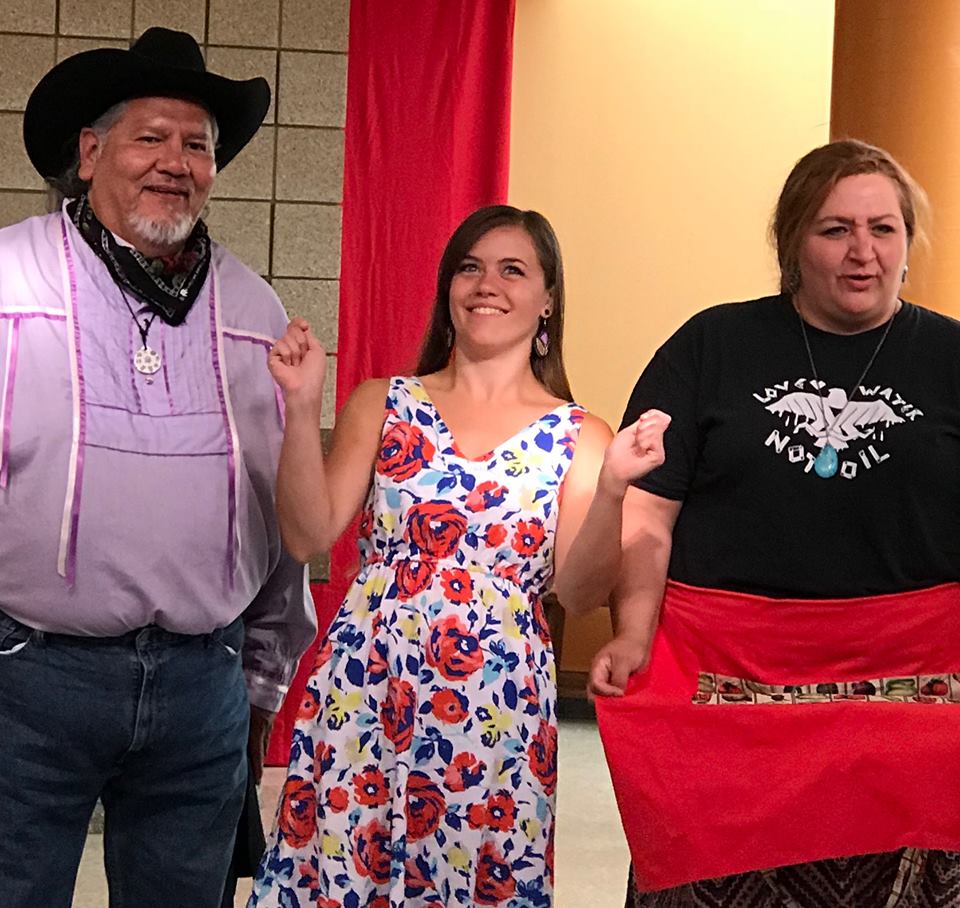
My Third Act
Most plays have three acts. I just entered act three of my life. I’m not sure where it’s going.
A couple of reckoning experiences have led to my three-quarter-life crisis.
When I got the results from my annual physical this year, my Doctor said he was surprised I was not hospitalized. Most people with my sugar levels collapse. He diagnosed me with type-two diabetes and started me on insulin. I have since lost 55 pounds and have weaned myself off insulin, using metformin to keep my numbers in balance.
Last month I had to bow out of Cuckoo’s Nest a few days before opening night because I got into an accident. I was the sole occupant in a car and I collided head-on into a tree or post. I don’t really know what happened. There are eight hours of my life that are gone. But I do have a vivid vision of encountering a female—a Native women. My dad thinks it was my mom, my wife thinks it was me—my feminine side. I was holding her hand. I think I crossed over for a moment. But then, for some reason it wasn’t my time. When I woke up I was holding the hand of a nurse.
I have a broken neck. I have to wear a neck brace for months. I have a moderate concussion, a little memory loss, numbness in my right hand. I need two hands to pick things up, like I did when I was a child.
I was not cared for by Native people in the hospital. White and Black nurses and doctors cared for me, brought me back to life. I’m still thinking about that too, about our shared humanity.
I was never hospitalized before the accident. They told me I was lucky I was not paralyzed. Most people who break their necks are not as fortunate.
Doctor, surgeon, therapist and family have all said, “You have to allow your body time to heal.” I find that hard. I’m not a type A personality, but I am strongly driven. I am bored out of my mind staring at the ceiling.
The diabetes diagnosis and then the accident were life-threatening enough to get my attention, to get me thinking about who I am. They reminded me that life is a limited engagement and I’m entering the finale. How do I want the third act to unfold?
Addendum 2023. New Name, New Gender Presentation. This is me.
In 2021, the county in which my accident took place, charged me with driving under the influence. It was a reckoning that led me to address my family relationships and look at my own personal deficiencies. It gave some time to consider my relationship with my dad. I had a sense that that’s where a big part of my destructive behaviors emanated.
Within the Native community, I saw myself taking on this role as an elder, but I didn’t feel like an elder. I shared this with a therapist. They were the one who suggested I might be transgender.
I wasn’t shocked. We worked on that for a few months. Winter of last year I told my spouse. January of this year I started taking a testosterone blocker. I called up the University of Minnesota hospital for transgender healthcare. They had so many patients there wasn’t even space on a waiting list.
Mayo Clinic did have a waiting list. I was on summer vacation, literally in the car, when they called to say they’d have an opening, maybe in a month, maybe a week. I went in for a series of psychological tests, an interview with an endocrinologist. By the end of that afternoon, they began some gender-affirming stress tests starting with an appointment at the women’s heart clinic.
I will be on hormone therapy for about 12 months before we proceed to the next step.
My goal is a total embracing, identifying, and presenting as a female including female reassignment surgery. That’s where I’m at now. For some people it takes quite a long time. I’m running against the clock. Sometimes I think, I’m too old to make these significant changes.
But this is me. As early as preschool, I had a sense that I was different. I had more of an inclination towards what we would consider our traditional, maybe stereotypical, female virtues. But I grew up in a place and time when there was no space for transgender people.
My sexual preference has not changed. When I was speaking with the social worker they said “Well, when your anatomical changes are realized, you will be a lesbian.” That blew my mind.
I’ve been supported by my family, my children, and my spouse. We have conversations that are sometimes really difficult. I think everyone now sees that this is not a reaction to some traumas in my life. This is real for me.
I have been reading memoirs about transgender women and a lot of medical journal articles. I’ve been talking to a couple of actors and acting coaches. I just don’t feel that I can audition anymore for male roles. I would like to pursue roles as a female, though out in public I can see the looks on people, staring and second guessing—is that a man or a woman?
Changing my name is a legal hurdle. It will affect so much: mortgage, retirement, Social Security, health insurance, passport, driver’s license etc.—all the big things. I went to my dad’s tribal nation in Oklahoma and asked them to change my name and my gender on the tribal rolls. I am talking to a lawyer right now. We are dealing with some very restrictive laws in Oklahoma. It’s so much easier up here.
I have some very conservative relatives, even though for a lot of Native Americans throughout the US and Canada this is seen as a very normal aspect of tribal life. As a Native person, we have the term Two Spirit, a concept that encompasses not just transgender, but a larger category of LGBTQ people. This is one area where I blame all prejudice, discrimination, and violence, and even notions of binary and non-binary on European colonizers. White people.
I was just in a training with a lot of people older than me. I introduced myself. I said, “Some of you know me from when I was presenting male.” I felt like some were not quite as warm as they were in the past. I want to explore this more, to see what my future with them will be.
I told my story at Mill City Museum, and the Historical Society earlier in the year. They were soliciting individuals to tell their stories for International Women’s Month. I submitted something about being transgender. The Storytellers Alliance asked me to repeat the story at their Story Fest conference. I’ve written something on Facebook.
I don’t think my story is all that unique. A lot of people tell me oh you’re so courageous. There is a lot of apprehension and anxiety that comes with this. I don’t have all the answers, I just feel like I can’t continue living the way I was previously. As an actor I am used to playing new roles, but this is me that I am becoming. It won’t be something that I can just take off.

